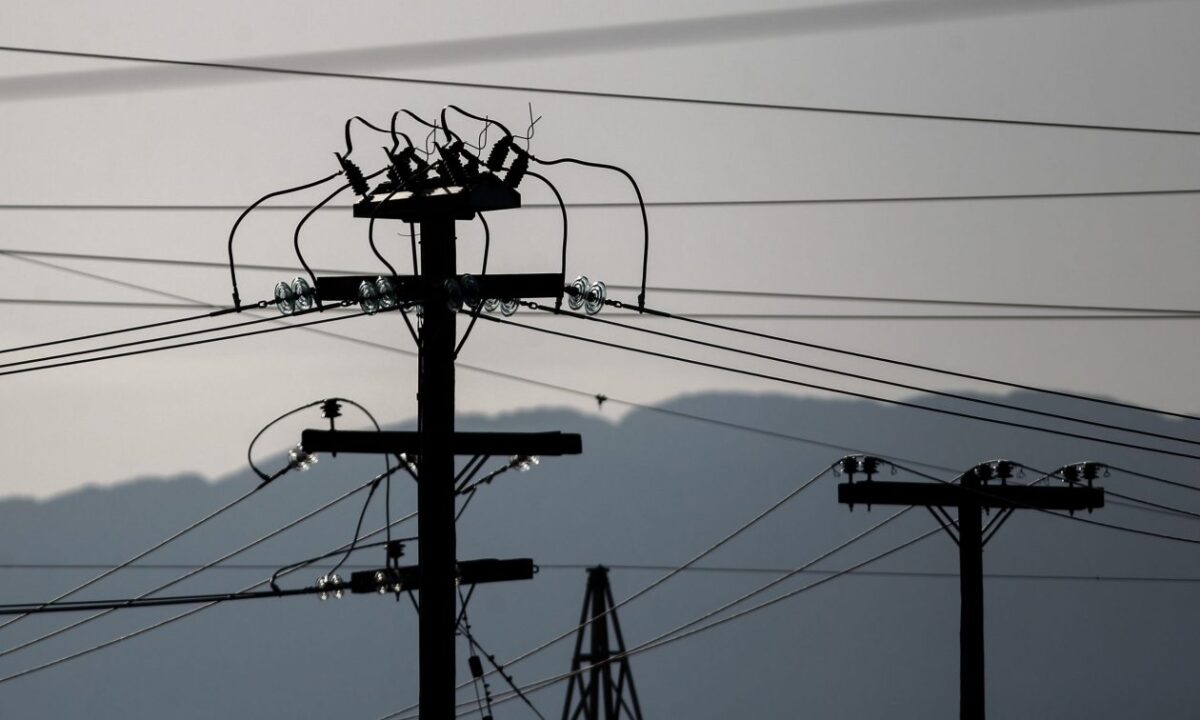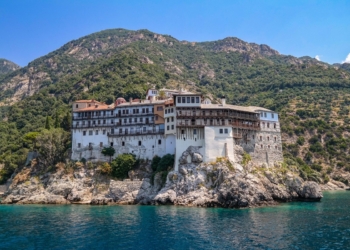Power has now been restored to 99% of mainland Spain following the massive blackout that struck at midday on Monday, disrupting normal operations across many parts of the country. According to Spain’s national grid operator REE, by 5:00 a.m. local time, more than 92% of electricity demand had been restored, with all substations fully reactivated.
The Spanish government declared a state of emergency, deploying 30,000 police officers to bolster public safety, while regions such as Madrid, Andalusia, and Extremadura requested federal assistance to maintain order.
Spanish Prime Minister Pedro Sánchez assured citizens that the grid would be fully stabilized within the day, noting that in just five seconds, the country lost 60% of its electricity demand—equivalent to 15GW—though a complete system collapse was narrowly avoided. A similar recovery effort is underway in Portugal, where Prime Minister Luís Montenegro stated that power restoration is in its final phase.
The root cause of the blackout remains unclear. Authorities have so far ruled out cyberattacks or sabotage. Possible contributing factors include an overproduction of renewable energy, grid instability due to unusually low electricity demand and extreme temperatures, and the temporary disconnection of Spain’s power grid from France.
European Commission Vice President Teresa Ribera described the incident as “one of the most serious energy events in Europe,” marking the second major blackout on the continent in less than two months.
The head of the Hellenic National Meteorological Service (HNMS), Theodoros Kolydas, attributed the complete blackout in Spain to a phenomenon known as “induced atmospheric vibration.”
“I’m not an energy specialist,” Kolydas stated in a social media post, “but induced atmospheric vibration that occurs in power transmission lines (such as 400 kV lines) is a phenomenon that affects these very long cables, which are exposed to air and atmospheric conditions.”
“When there’s a sudden and extreme shift in temperature—for instance, from cold snaps or heatwaves—it creates strong upward or downward air currents (thermal anomalies). These thermal fluctuations cause the cables to oscillate through two main mechanisms: first, thermal expansion and contraction, as the metal in the wires abruptly expands or contracts.”
He continued: “Then come the atmospheric oscillations, where differences in air density generate localized winds or currents that disturb the lines, causing them to vibrate. This phenomenon is known as induced atmospheric vibration and can result in tremors, large-scale oscillations, and even mechanical stresses that threaten the structural integrity of the lines.”
He also clarified that this differs from the more common galloping, which is typically caused by ice and wind.















